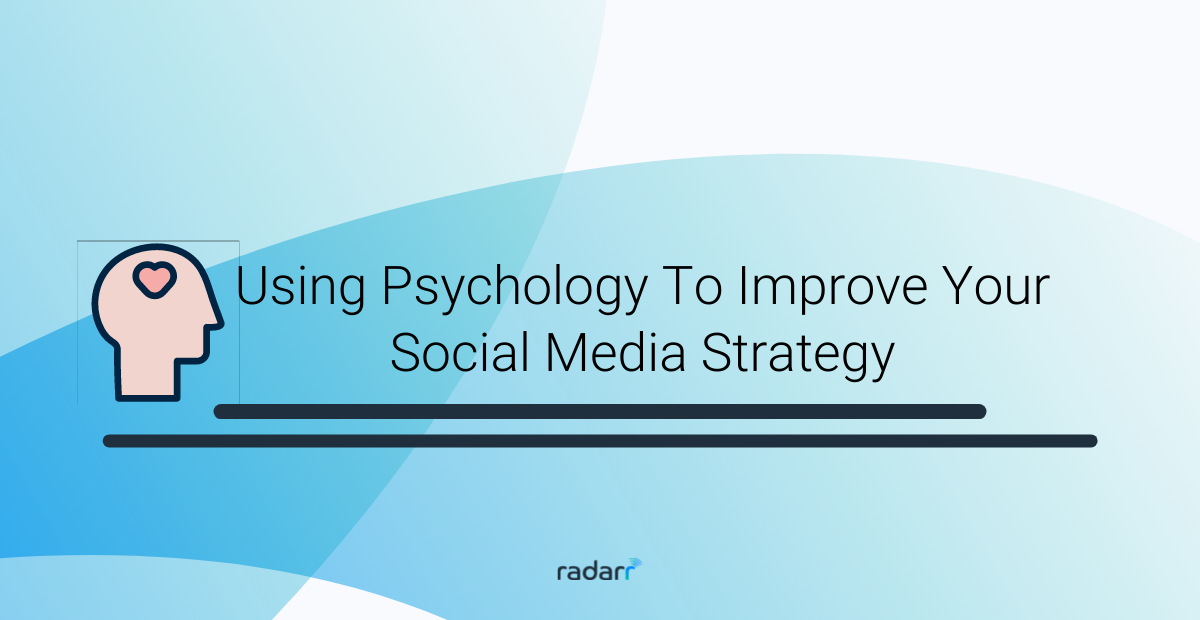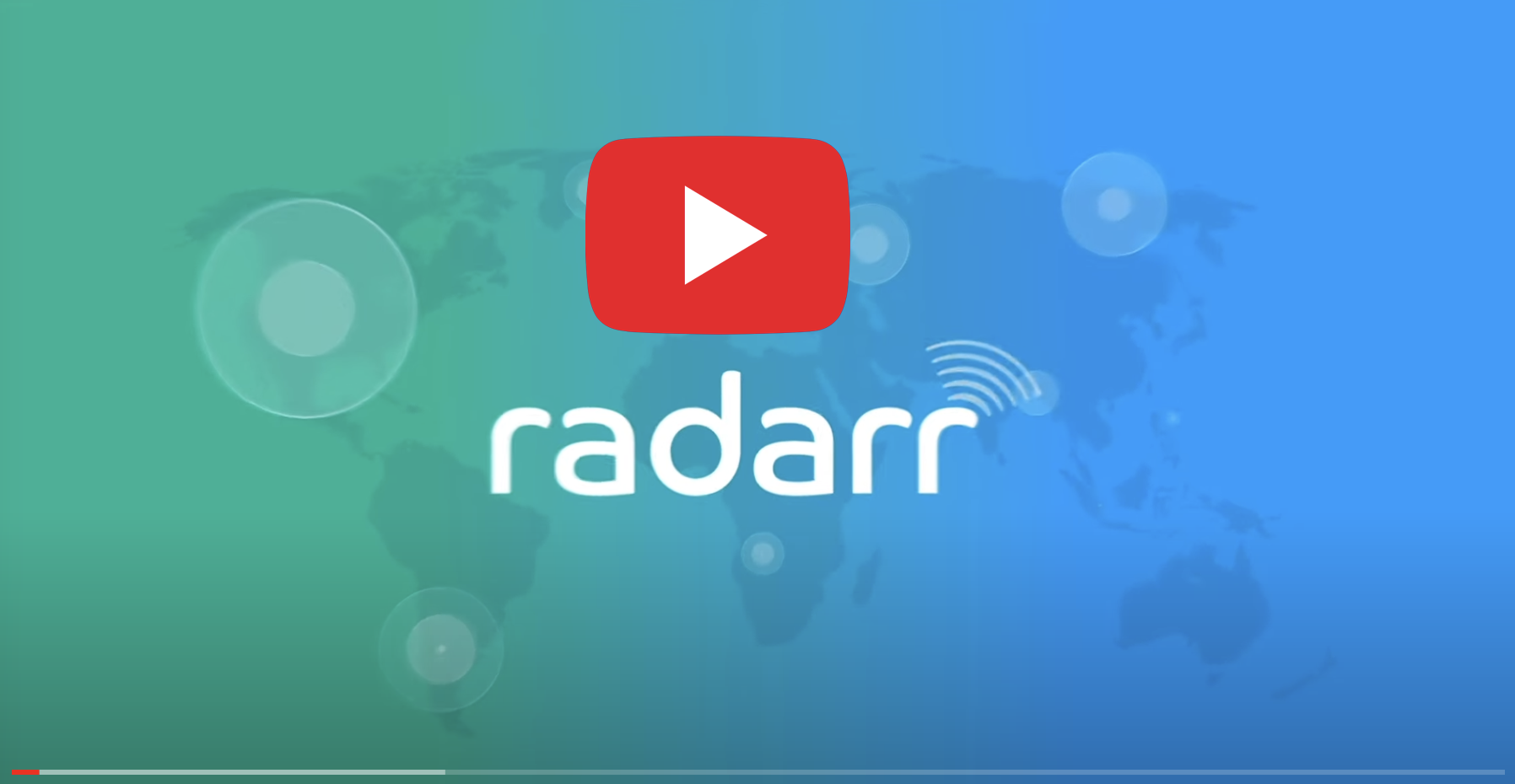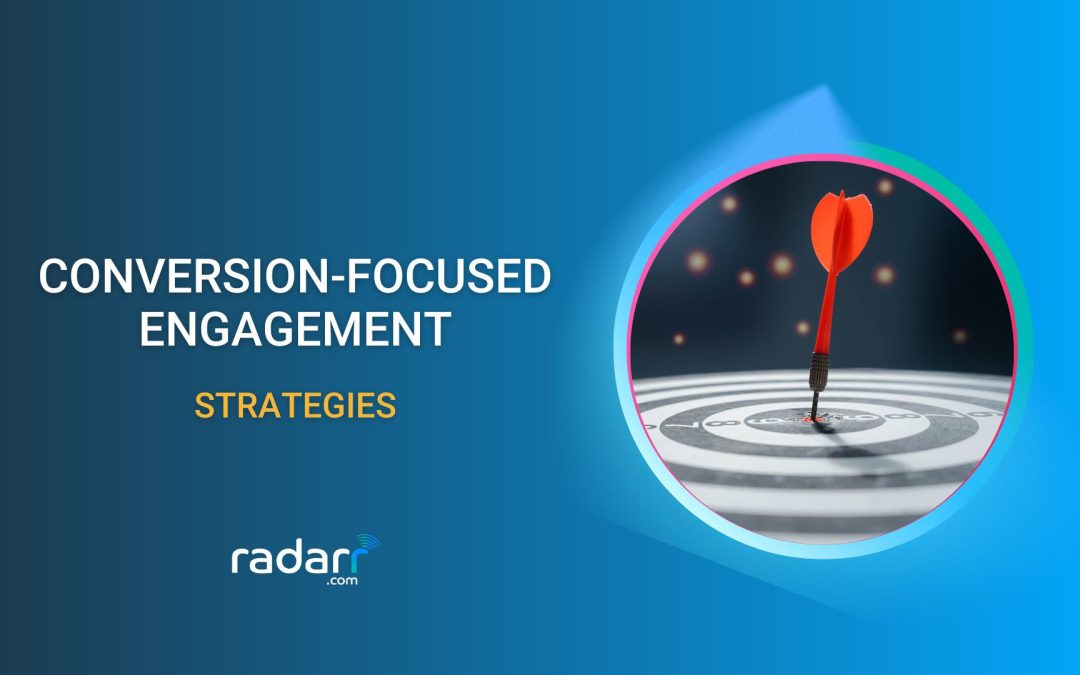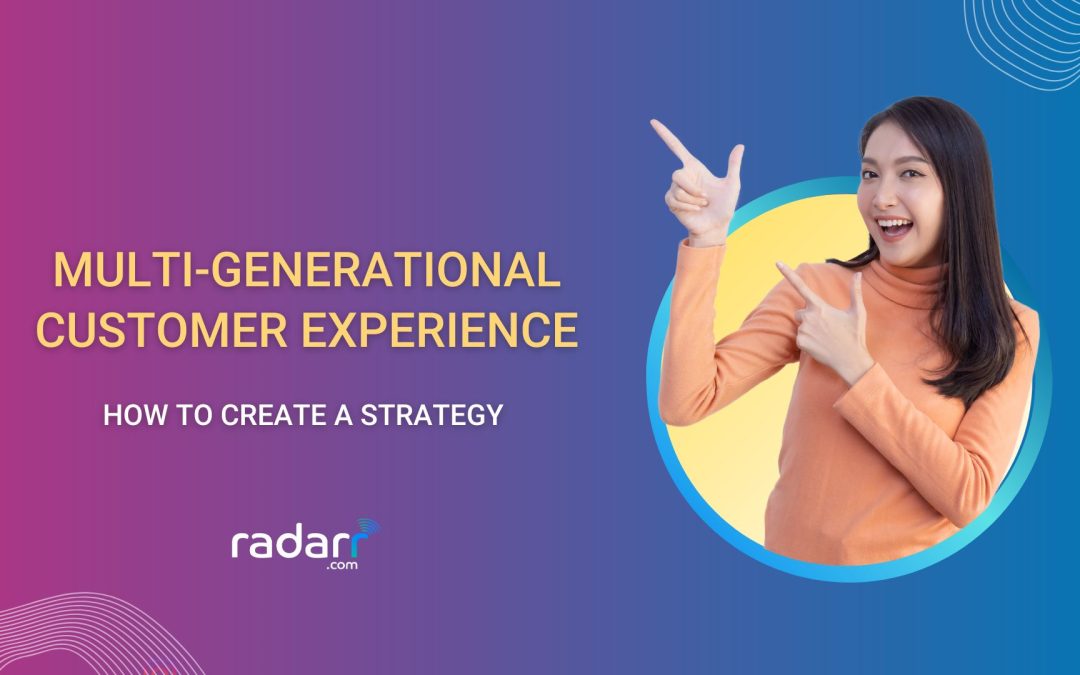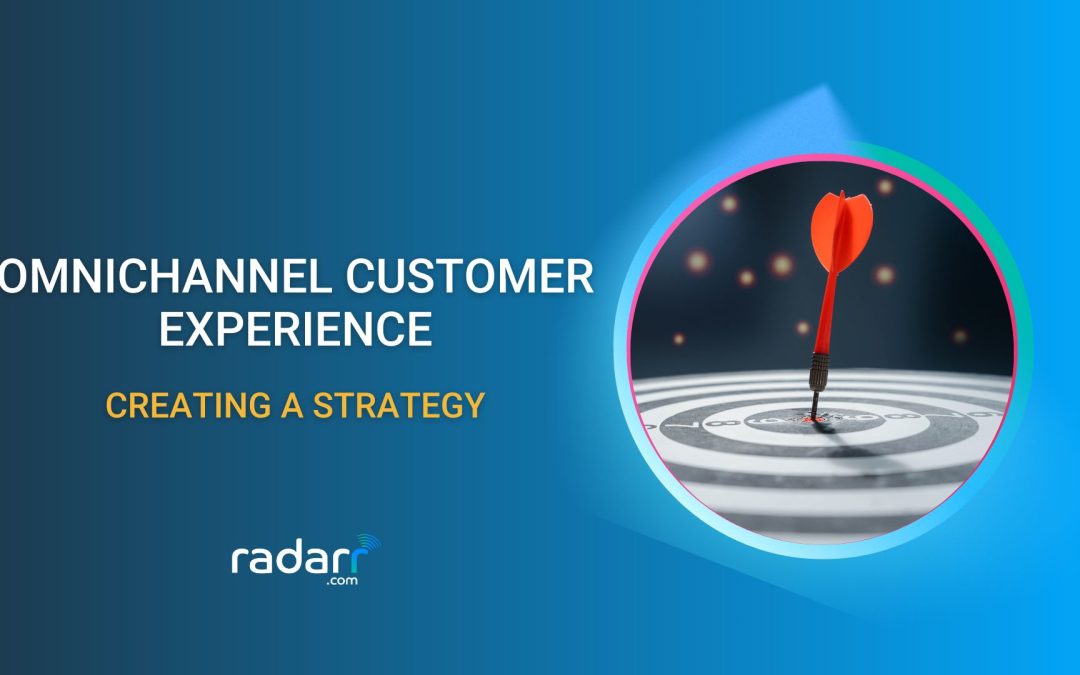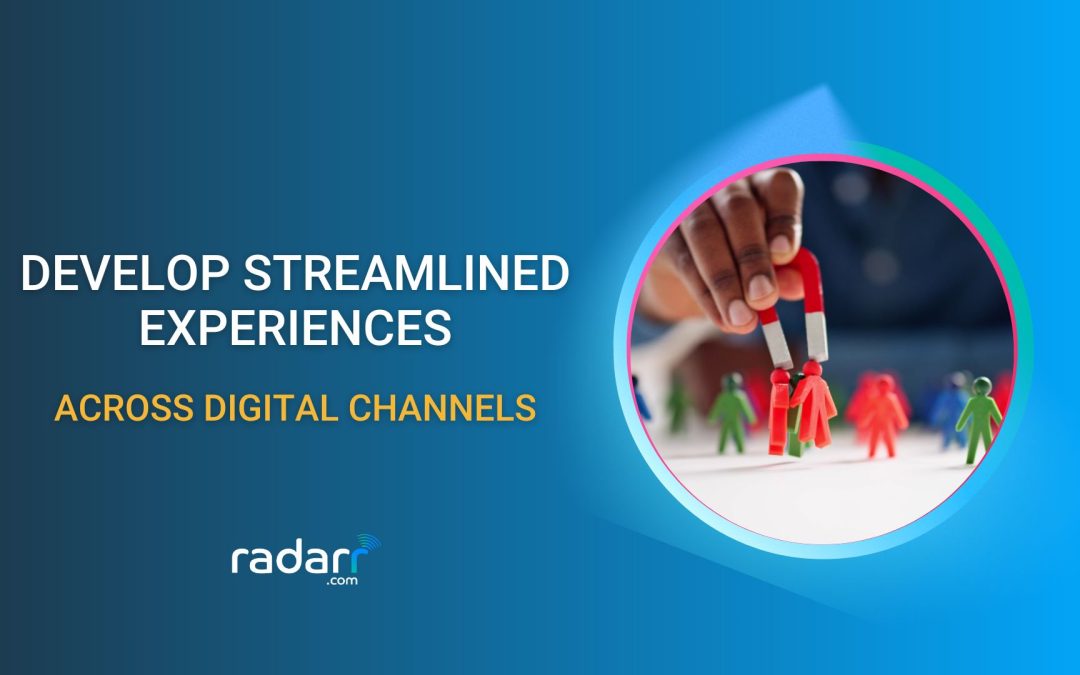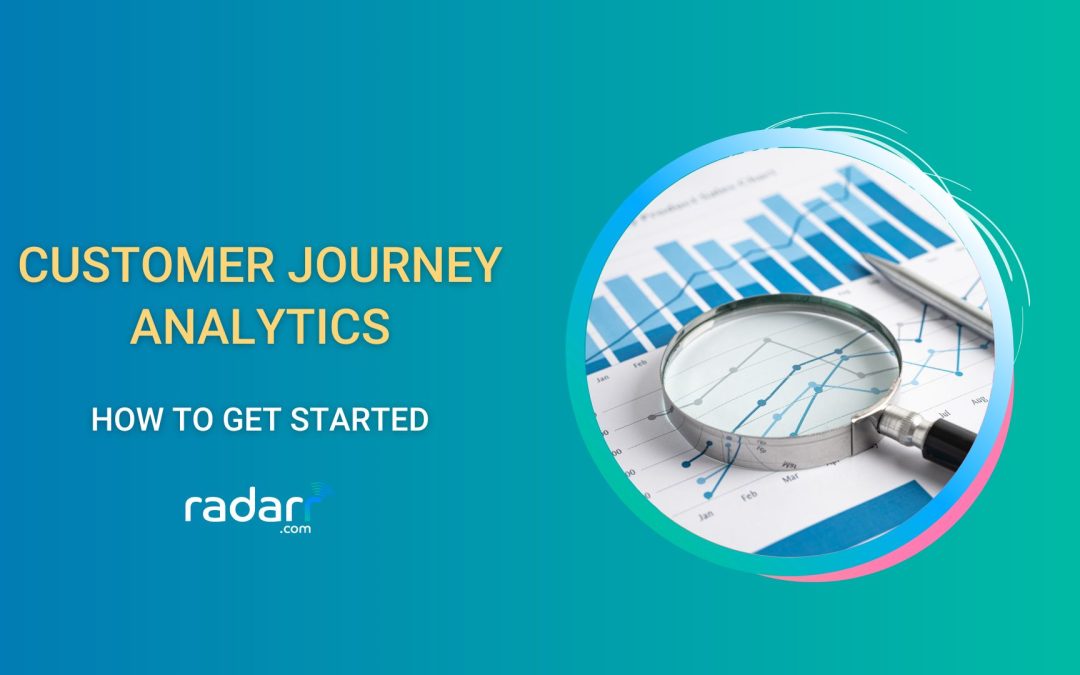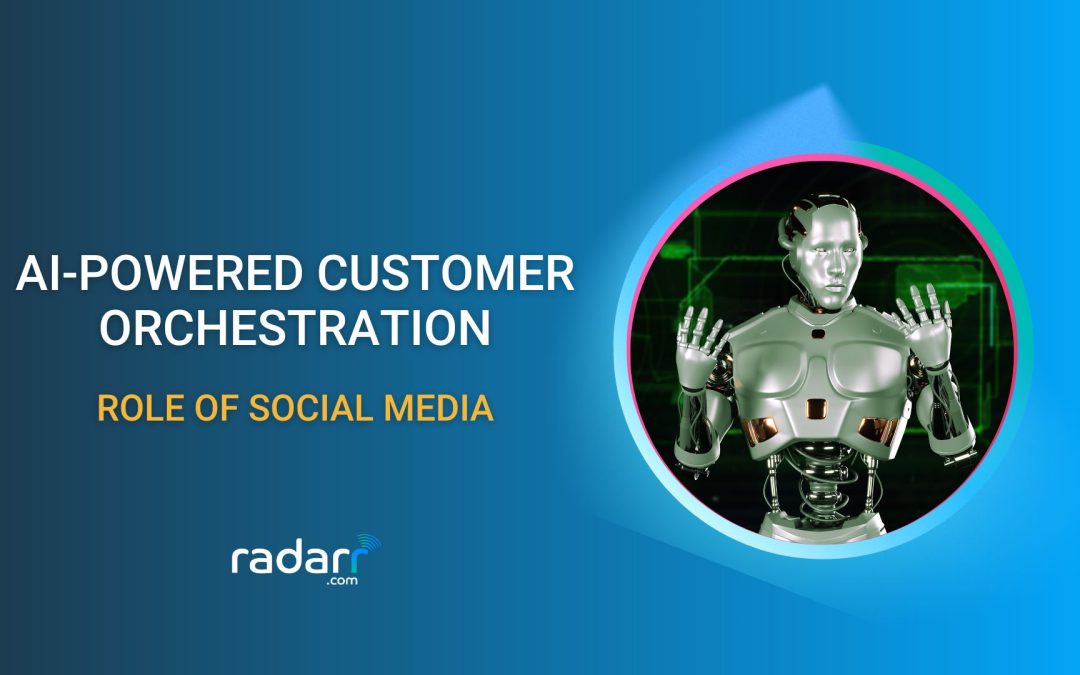Struggling to capture audience interest on social media? Here’s how to use marketing psychology.
Today, every business has a social media presence. And they all are trying hard to outperform the other.
With so much competition and noise, social media performance for many businesses is dropping.
To put things in perspective, engagement of organic social media posts on Facebook is just 0.07%. And it’s going to go from bad to worse.
But there’s one way to hook your target audience and drive desired actions from your target audience – use marketing psychology – understand how your audience actually thinks and makes decisions.
Why use marketing psychology on social media?
Everyday, there are:
- 350 million photos uploaded to Facebook
- 500 million tweets on Twitter
- 85 million videos and photos uploaded to Instagram
The above numbers show the potential social media has for brands. And bringing together strategy and marketing psychology can help. Here’s how:
- Evoking strong emotions increases the likelihood of something being shared on social media
- Psychology helps you gain deeper insights on customers
- It can help bring better ROI, faster
Marketing psychology principles you can use for social media marketing
Deep-diving into how leading brands and businesses use social media and their marketing strategies, we found them leveraging the following marketing psychology often:
Reciprocity psychology
One of the most influential psychologies is the psychology of reciprocity. It means when someone does something good for us, we feel obliged to give back as good as we got. The basic idea behind it is relationship building.
Say for example, one of your customers tagged your brand in their post. As a brand that listens to its customers, you could reciprocate in a few ways – like the post, comment on the post with a ‘thank you’, or share the post on your page. Some brands even offer discounts and freebies.
However, your reciprocity strategy shouldn’t end with your customers only. You could also interact with other brands and businesses that you may be collaborating with or simply like the brand and feel the need to return a favor the brand did to you.
Here’s an example of a brand that reshared their customer’s post that had a mention of their brand name.
Psychology of scarcity
Scarcity psychology is all about bringing out FOMO – fear of missing out. When we feel as though we’re going to miss out on something, we feel distress. This feeling of anxiety leads us into taking actions.
Take a look at these statistics to understand the impact of scarcity psychology:
- 56% of people are afraid of missing out on news, events, updates, if they do not keep an eye on social networks
- 60% of people make purchases after experiencing FOMO
- Facebook provokes the most FOMO (72%)
So, how do brands use scarcity marketing psychology on social media?
Ever seen posts that shout ‘Hurry, only 3 left’, or ‘Offer closes in 2 hours’? These are ways in which brands can let their audience know that they have a limited amount of something and build a sense of FOMO around it.
Here’s an example of scarcity strategy on social media:
Anchoring
The psychology of anchoring works on the principle that people make decisions based on an anchor or starting point they have in mind. This anchor is some sort of information.
For example, if a customer’s buying a coffee machine they had been eyeing for a while, they’d have an idea about its price. So, when the same coffee machine is offered to them at a lesser price, they’d immediately recall the anchor price. Compare the offer price to the original price. And this would make it easier for them to make a purchase decision.
There are many ways in which you can use the psychology of anchoring in social media posts and ads.
- If you’re running a sale, show ‘Was’ and ‘Is’ price next to each other
- If you’re a beauty brand, show ‘Before’ and ‘After’ images
- When launching new versions of products/ service, mention old features and new features
Here’s an example:
Decoy effect psychology
Decoy effect is a commonly used marketing psychology. Decoy effect works when customers are shown two options, along with a third option (a decoy), to influence their purchase decision.
The principle on which the decoy effect works is – when we choose between two options, the addition of a third, less attractive option can influence our perception of the remaining two options.
Here’s an example to help you understand the decoy effect better.
From the below three options, which option do you think customers are most likely not to pick? The Digital only option. Because why would anyone choose it if they can get Digital + Weekend for the same price, right?
Social proof
The definition of social proof reads, “It is a psychological phenomenon where people assume the actions of others in an attempt to reflect correct behavior for a given situation.
Psychologist Robert Cialdini explains it – when we see other people take an action, we feel more confident in doing the same. It helps reduce uncertainty about what we should do in the same or similar situation.
This concept is used quite commonly in marketing – “400 people have already bought this product”, “20 people are looking at this product right now”, “258 reviews for this product”, etc. When we are shown how a number of people have bought a product, we perceive the product as a good choice.
There are many ways to show social proof on social media platforms:
- To begin with, the number of followers on your social accounts itself is social proof
- The number of likes, comments, and shares to your posts is social proof
- You can show social proof through your posts and stories
- Customer reviews are another type of social proof
Here’s an example:
The Baader-Meinhof Phenomenon
Also known as ‘frequency illusion’, the Baader-Meinhof Phenomenon is when something you recently got to know about keeps appearing repeatedly in front of you. Well, seemingly. The fact is, it was already there before. It’s just that now you’re noticing it more often.
For example, while shopping, you liked a red jacket. It’s more likely that you’ll notice all the red clothes and jackets around after that.
So, how can you apply this principle of human behavior in social media marketing strategies? Here are some ways you could try:
- When a viewer shows initial interest in something, nurture their interest by showing that thing to them often. Just like how algorithms work on social media and ensure we keep seeing a thing repeatedly.
- Apply this psychological principle across your social media channels. For example, if a viewer likes a product post on Facebook, show them the same products in different posts on Twitter, Instagram, LinkedIn, Pinterest, YouTube, and other social platforms that you use.
Here’s an example from Tissot’s Instagram page showing the same product in many different posts repeatedly.
Verbatim effect
The average human attention span is less than 8 seconds. Do you recall what you read in the newspaper today? Most probably only the headlines. We tend to remember only the gist and not the entire article.
In psychology, this cognitive bias is called verbatim effect – to remember the gist of information, or the general meaning, and not the exact form or details in which information was presented to us.
You can use the verbatim effect in social media, too, to help your audience remember your content better.
Here’s how you can use the verbatim effect as your social media marketing psychology:
- Focus on creating impactful headlines
- Create attractive images for your posts
- Write short copy
- Create video – it is more impactful compared to text and still image
- Keep it accurate, avoid ambiguity
Here’s an example:
Loss aversion
Psychology studies have shown that humans have a tendency to not want to miss out on things. In other words, we put more emphasis on avoiding loss than gaining something.
That’s the psychology of loss aversion.
When we lose something, we experience feelings of sadness, anxiety, and guilt, and hence, we want to avoid loss.
You can use sentiment analysis to determine how your viewers feel about something and apply loss aversion tactics.
Here’s how to play around with loss aversion tactics in social media posts:
- Attach a time frame to an offer and promote it on social media
- Let your viewers know there’s limited number of something
- Add a visual timer or show that time is ticking away. Create urgency
- Use this technique sparingly. Repeated use of it can put off viewers
Here’s an example:
Clustering
We humans can only remember a limited amount of information. Unless we use tactics. One such tactic is clustering.
The human brain is wired to remember and recall information more easily when a few similar things are clustered together. For example, a list of different types of things is easier to remember when we group/ cluster them by subject matter. Say for example, birds, animals, colors, fruits, etc.
Clustering psychology works well for social media marketing as well. For example, say you’re organizing an event. You share one post about it on your social media platforms. Or you could share 10 posts over 10 days. What do you think would be more effective?
Posting 10 posts has the potential to reach more people compared to one post. Besides, when we see something repeatedly, we’re more likely to remember it.
Here are a few ways and use cases:
- Create content and design in clusters
- Post content in clusters
- Post similar designs together
- Cluster similar themes or topics together
Instagram highlights is one good way to use clustering psychology, as seen in this example:
How do you bring together strategy and marketing on social media?
Understanding the principles of marketing psychology and social media marketing is just the beginning. You need to continually tune into what your audience is saying, what they care about and their sentiments.
With the race to win the social media marketing getting tougher day-by-day, it’s time to ace your marketing psychology.
And that’s where Radarr comes in. Radarr is a powerful social listening tool to help you listen to your target audience and understand them better with the help of sentiment analysis, which forms the base of leveraging marketing psychology.
Here is the complete guide of Which of These KPIs Demonstrate Social Media Engagement?
Book a demo of Radarr today to get started with marketing psychology on social media in a strategic way!

